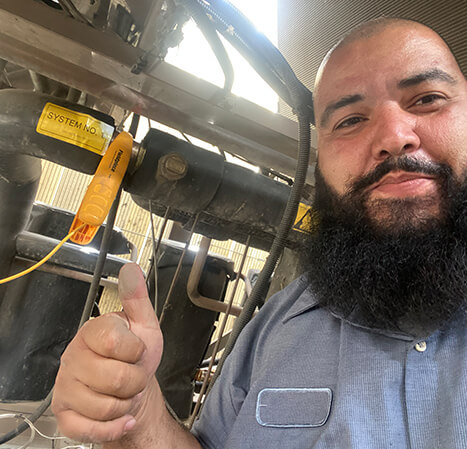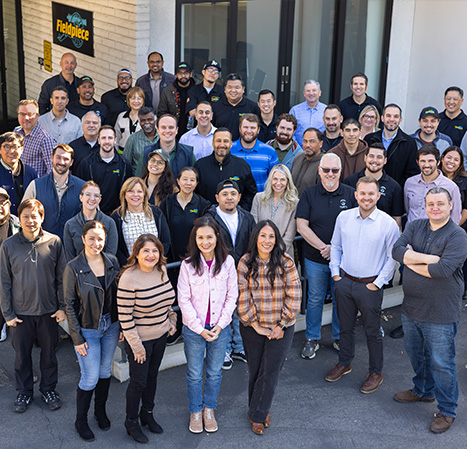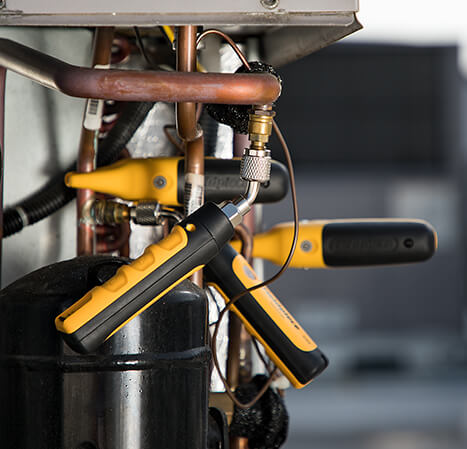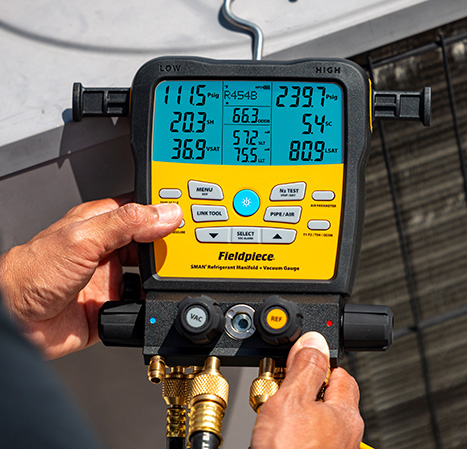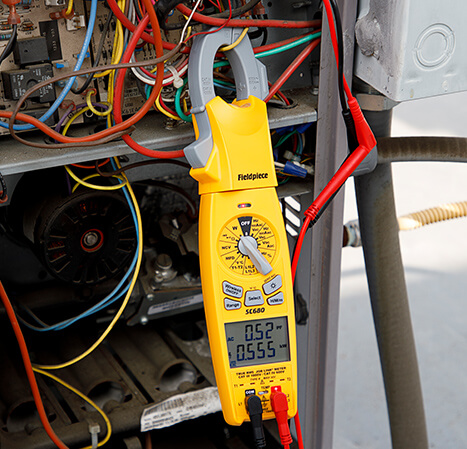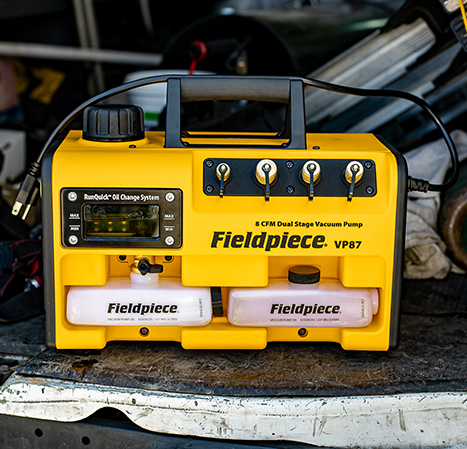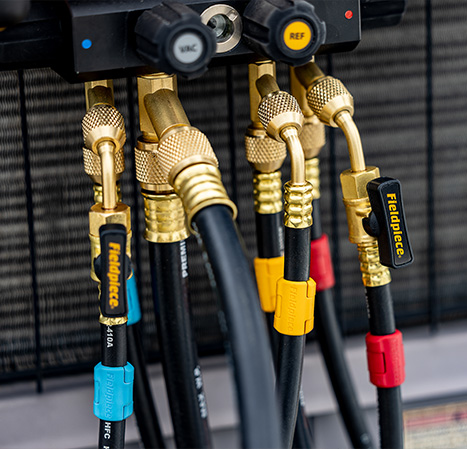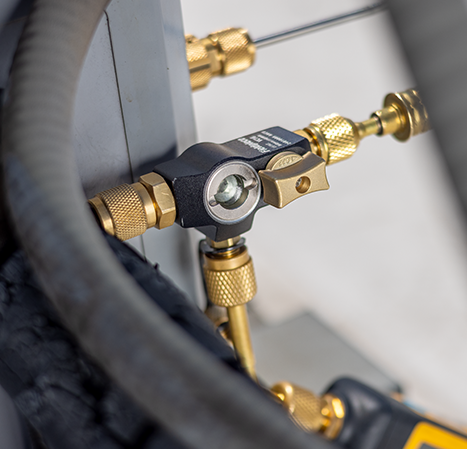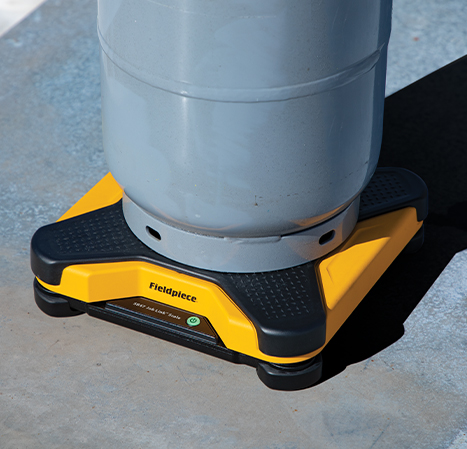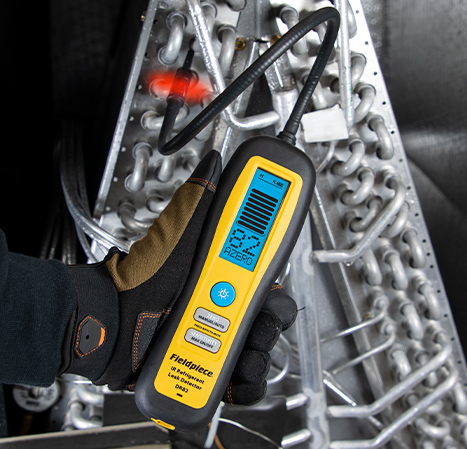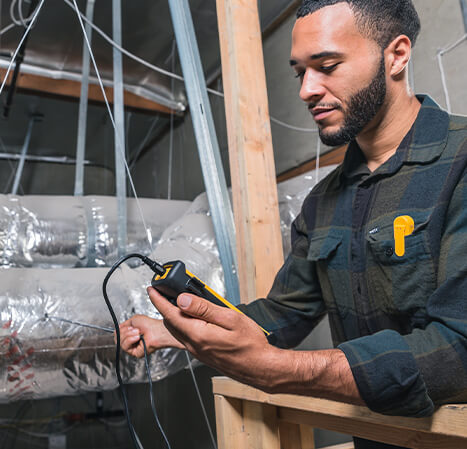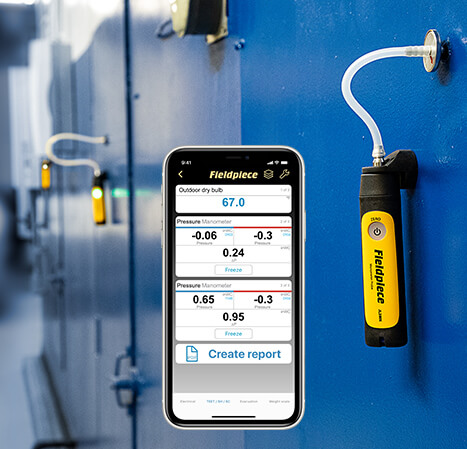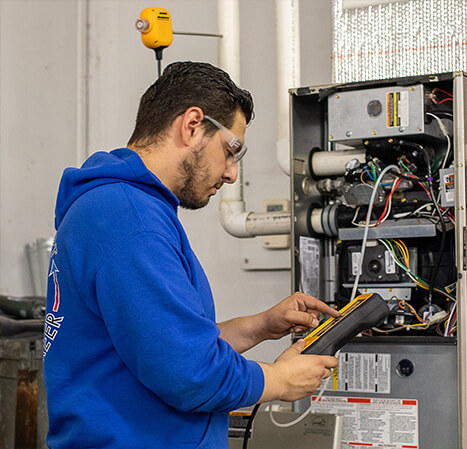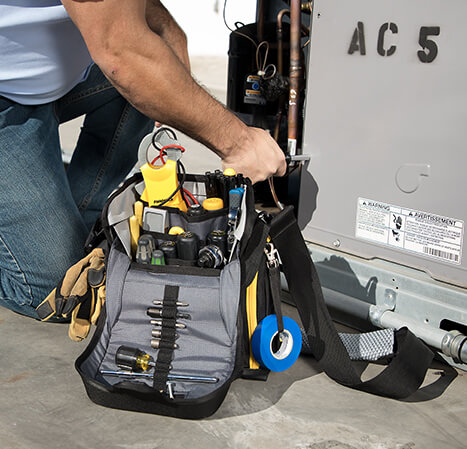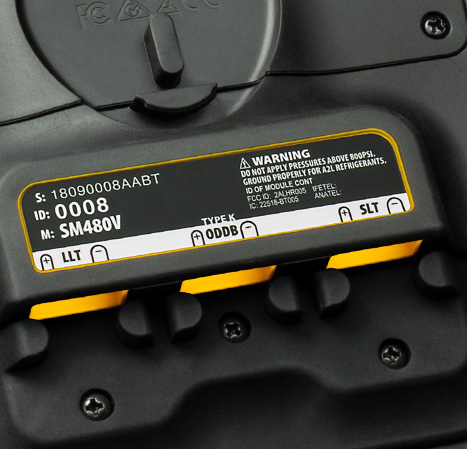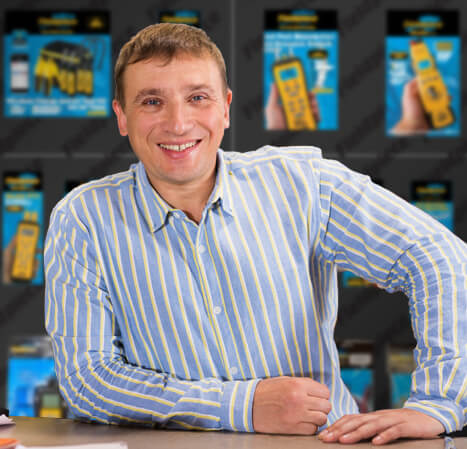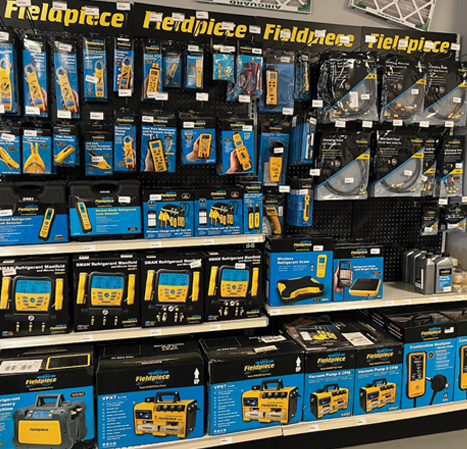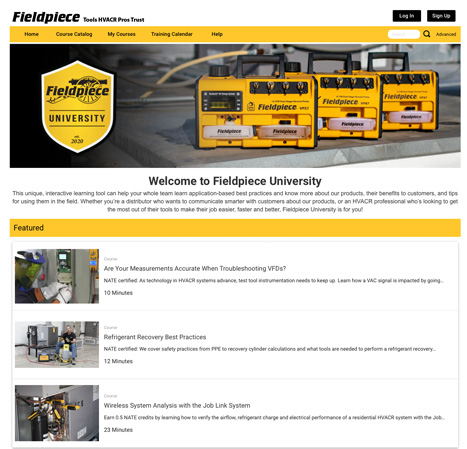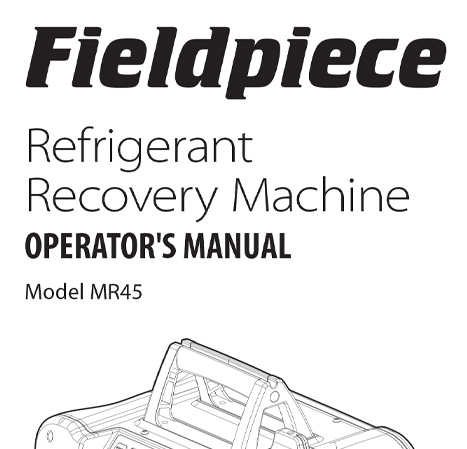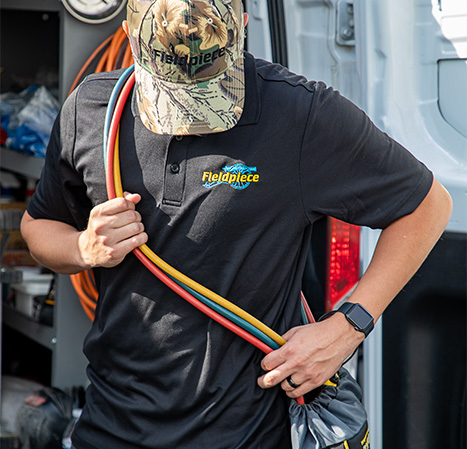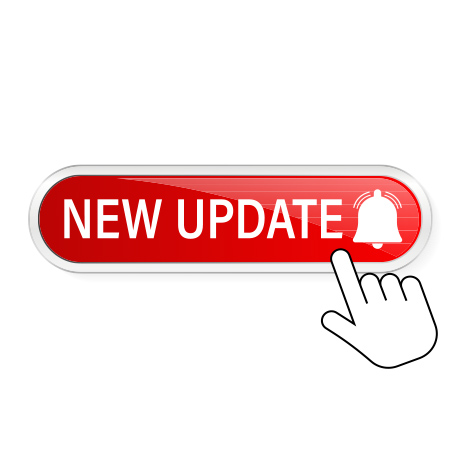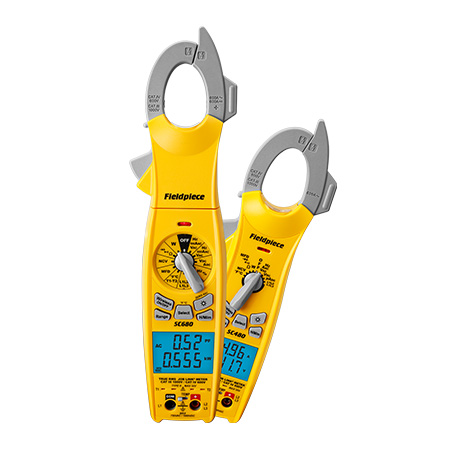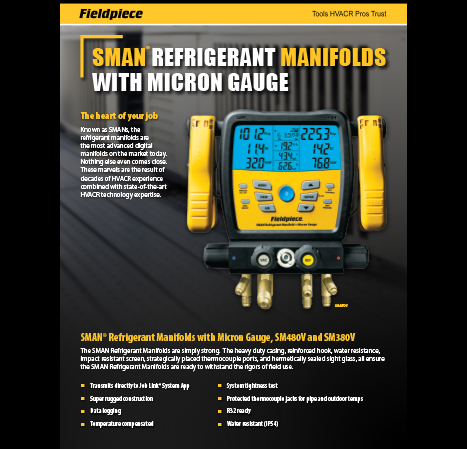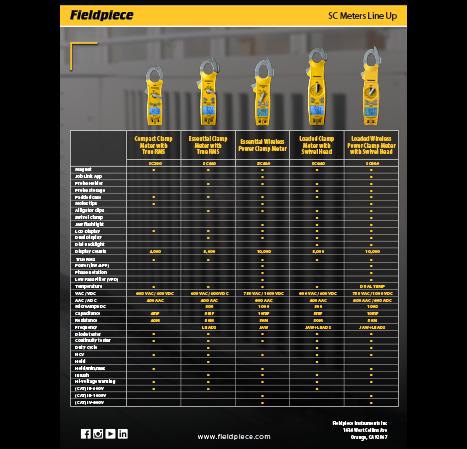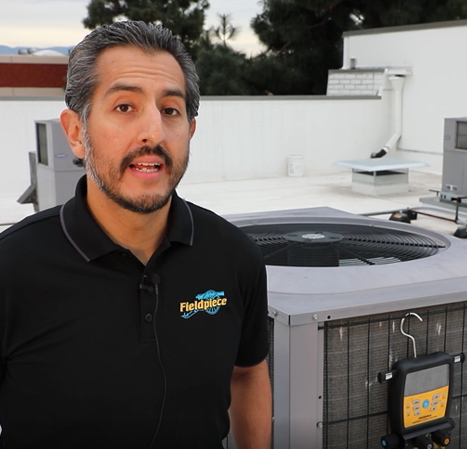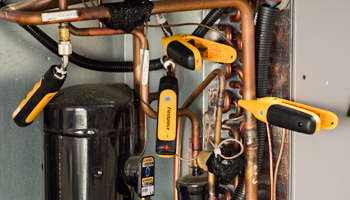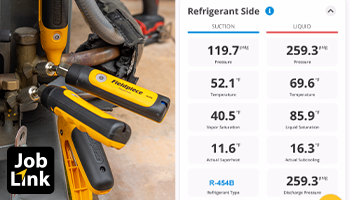When you’re handling service calls and installations with pre-charged line sets, reach for a wireless probe kit for the most efficient and practical way to tackle the job. Lightweight, hose-free and packed with functionality, these kits give HVACR pros the flexibility to work smarter, not harder; all while ensuring every job is documented and done right.
Lightweight Convenience, Heavyweight Performance
Manifolds and hoses have their place, but wireless probe kits like the JL3KH6 Job Link® Probes Charging and Air Kit, JL3KR4 Job Link® Probes Charge Kit and JL3KM2 Job Link® System Dual Port Manometer Probe Kit are designed to be compact and easy to carry. Whether you’re working on a rooftop, in a crawl space or simply moving from service call to service call, these kits lighten your load without sacrificing performance.
Direct Connection Where You Need It
With wireless probes, you tap into the system right where you need the measurements. This means faster setup and quicker readings. Whether you’re checking pressure, airflow or temperature, probes give you instant access.
Minimal Refrigerant Loss
Every time you disconnect hoses from a system, you lose valuable refrigerant. Using wireless pressure probes can significantly reduce refrigerant loss. With direct attachment and no long hoses to trap refrigerant, you maintain the integrity of the system and protect the environment.
System Data in the Palm of Your Hand
With Fieldpiece wireless probes you’ll have full system diagnostics right on your smartphone or tablet with the Job Link® System App. Get real-time data on pressures, temperatures, airflow in one convenient snapshot. Plus, easily generate professional reports for your customers.
Which Fieldpiece Kits Are Right for You?
- JL3KM2 Job Link® System Dual Port Manometer Probe Kit: Essential for fast, accurate static pressure readings and airflow diagnostics.
- JL3KR4 Job Link® Probes Charge Kit: Perfect for quick, reliable pressure readings and checking superheat and subcooling.
- JL3KH6 Job Link® Probes Charge and Air Kit: A full solution – includes pressure, temperature and airflow probes – for total system checks on the go.
Each kit offers a lightweight design, direct connectivity and seamless integration with the Job Link® System App that makes your service calls and installations faster, cleaner and more professional.
Bring a New Level of Professionalism to Every Job
Fieldpiece probe kits not only make your work easier, they show your customers you’re using cutting-edge tools to ensure their systems are serviced to the highest standards. In today’s competitive HVACR market, standing out with precision, efficiency and professionalism isn’t optional – it’s a must!
Ready to streamline your service calls and installs? Explore the full range of wireless probe kits and see how Fieldpiece helps HVACR pros like you work easier, faster and better every day.
 English
English French
French Spanish
Spanish

